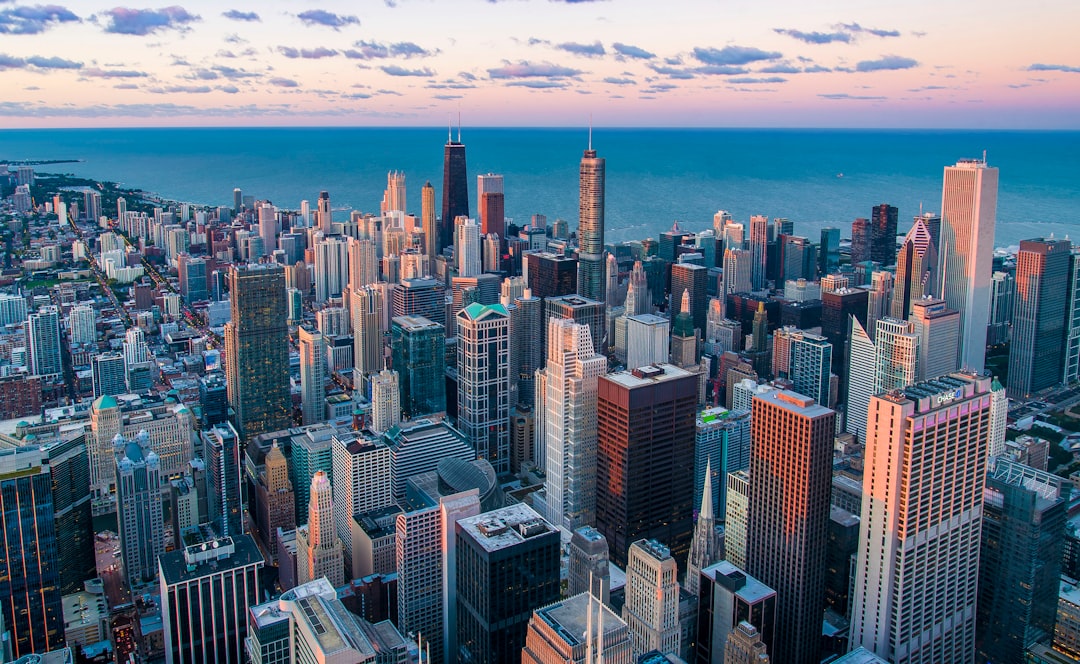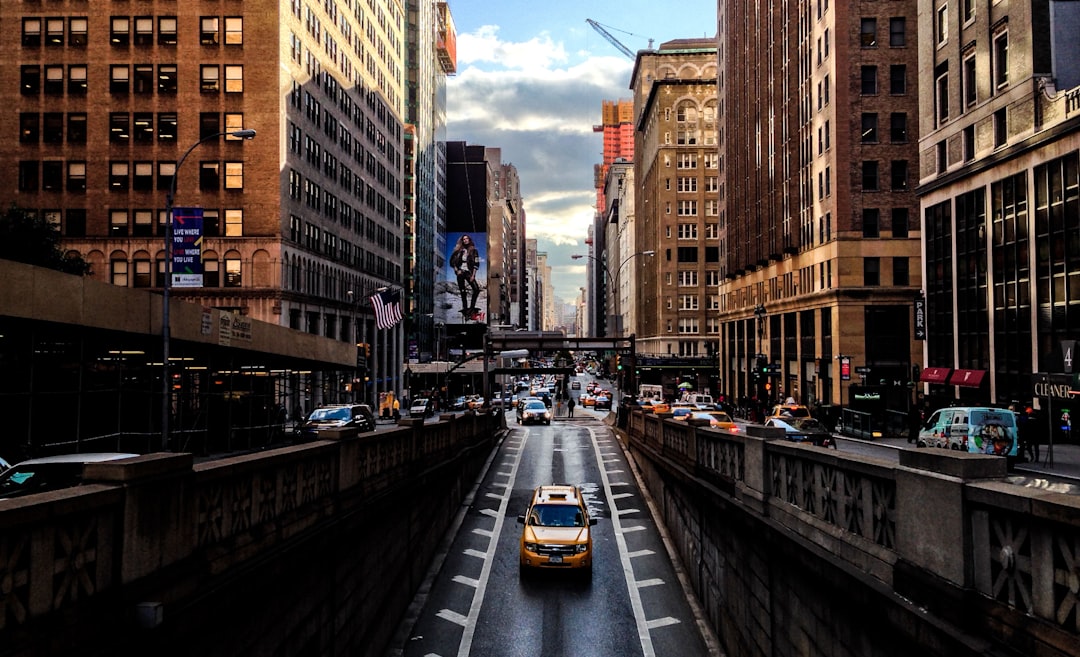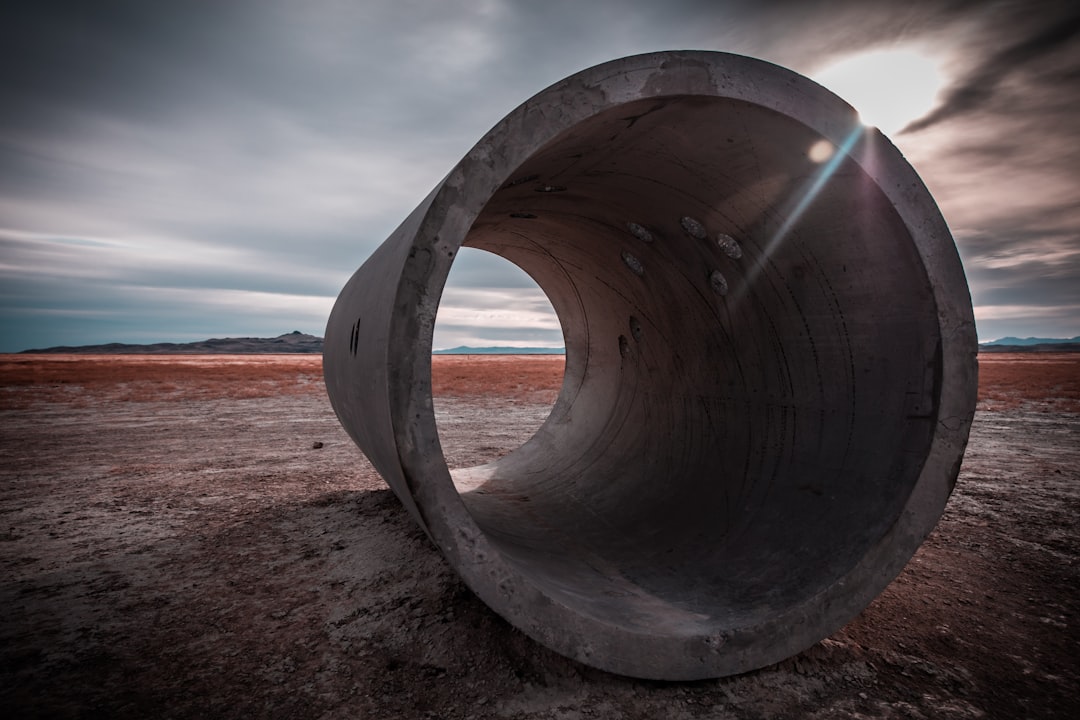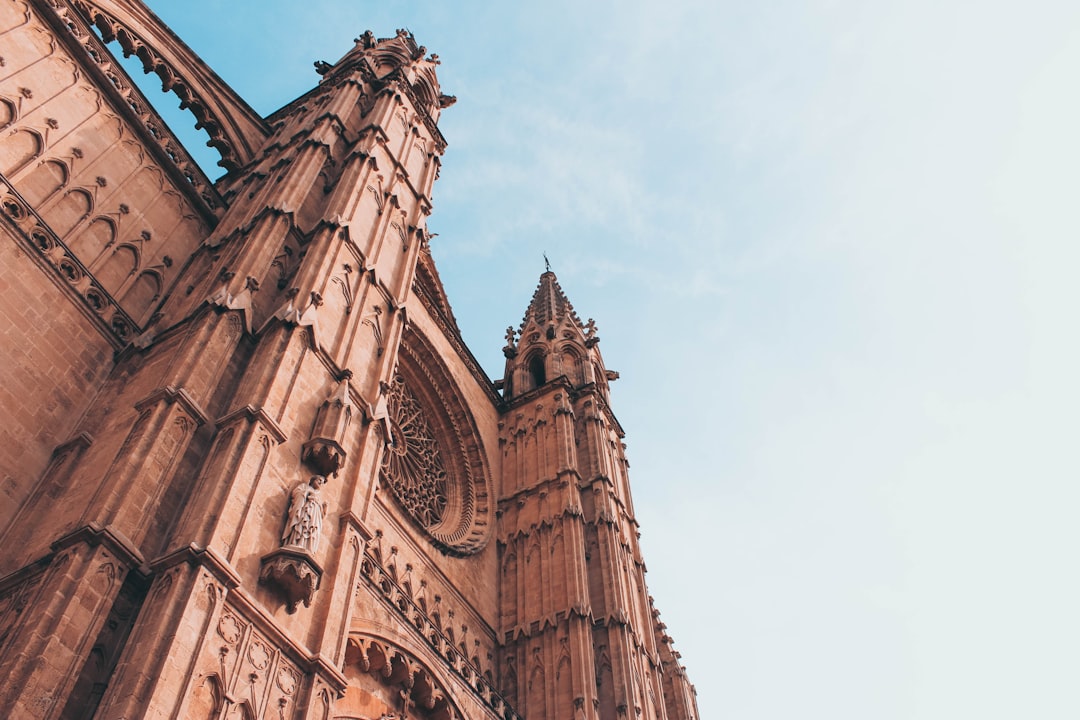1. sewer and water lines.
When it comes to city infrastructure, there is a lot that goes on behind the scenes – and most of us don’t even realize it! From the sewer and water lines that keep our homes running to the electricity that powers our lights, our cities are full of hidden systems working around the clock to keep us safe and comfortable.
In this article, we’ll take a look at 10 things you probably didn’t know about your city’s infrastructure. From the history of the sewer system to the role of the water treatment plant, you’ll learn about the inner workings of your city and how it all comes together to keep things running smoothly.

2. electric grid.
The electric grid, also known as the power grid, is a massive system of interconnected power plants and transmission cables that delivers electricity to homes and businesses in the city. It is the cornerstone of modern society, allowing us to power our lives with the flick of a switch.
The electric grid works by taking alternating current from the power plants and distributing it to thousands of miles of transmission and distribution lines. From there, the electricity is taken to substations and transformed into higher voltages, allowing it to be carried across long distances with minimal losses. It is then sent over local distribution lines to businesses and homes.
Other components of the electric grid include power generation and load management, as well as backup systems such as batteries, inverters, and solar panels. The electric grid is constantly being improved and upgraded, with new technologies such as smart grids, microgrids, and distributed generation allowing for more efficient and reliable delivery of electricity.

3. communication systems
Communication systems are the backbone of any city’s infrastructure, allowing for the efficient distribution of information and resources.
In a large city, communication systems are often divided into two categories—mass communications and personal communications. Mass communications include television, radio, and phone systems, while personal communications include cell phone networks, Wi-Fi and other wireless technologies.
One of the most important aspects of communication systems is data, which is used to store and transfer information between systems. Data is used for everything from simple website hosting, to real-time traffic management, to communications between emergency services, and more.
The internet is another important part of communication systems. The internet connects millions of computers around the world, allowing people to easily access information and services, as well as connect with others, no matter where they are.
By making sure communication systems are up to date, cities can ensure that citizens have access to the resources they need when they need it, whether it be for personal or business use. Upgrading communication systems also ensure that cities’ infrastructures are up to date and are not left behind by other cities.

4. schools
Schools are one of the most important components of any city’s infrastructure. They provide an essential service to the community, ensuring that students have access to an education and a future.
Schools have their own sets of infrastructure needs, from providing physical structures for the educational and learning environment, to the technology needed to keep up with the changing world of education. Schools also rely on transportation infrastructure, such as public transit and roads, to ensure that communication and access are maintained.
Schools also need reliable energy and water infrastructure, to keep the buildings and grounds functioning properly and provide students and staff with the energy and resources they need. Schools also need robust telecommunications infrastructure, as teachers, parents, and students rely on communication technology to stay connected.
In order to provide a high-quality educational experience, cities need to invest in their schools’ infrastructure needs, ensuring they have access to the resources they need to educate their students and help them grow.

5. hospitals
Hospitals are essential components of any cities’ infrastructure. They provide medical care and treatment for those who are ill or injured, allowing them to recover and improving their quality of life.
Hospitals require their own set of infrastructure requirements. They need physical structures that are safe and secure, as well as reliable water, energy, and telecommunications infrastructure to power the lights, machines, and communication networks needed to keep hospitals running. Hospitals also need robust transportation infrastructure in order to ensure patients can access the care they need in a timely manner.
For cities to continue providing high-quality medical care, they must invest in their local hospitals’ infrastructure needs. This includes not only the physical structures and utilities, but also the technological infrastructure that keeps medical personnel connected and ensures quality medical care can be provided.

6. roads and highways
Roads and highways are a vital part of any city’s infrastructure. Not only do they provide a means of transportation for citizens, but they are also used for the transportation of goods and services. Without efficient transportation infrastructure, cities would have difficulty providing the goods and services they need to survive.
Goods and services must travel in and out of the city in order to meet the needs of its citizens. The quality of the roads, the size of the roads, and the accessibility to the roads all impact the ability of citizens to travel and access goods and services.
City planners must consider the needs of their citizens when designing roads and highways. If a city has a large population of elderly citizens, then special considerations must be made to ensure that roads are safe and accessible for them. Additionally, roads and highways must be constructed in such a way that the city is able to handle its rising traffic levels. If a city does not take steps to address the traffic issue, then it could see a decrease in its quality of life and its overall economic health.

7. public transportation
Public transportation is a necessary part of any city infrastructure and can provide many benefits. It is an efficient and sustainable form of transportation, as well as a much more affordable option for citizens. Public transportation includes buses, subways, light rail systems, ferries, and other forms of mass transit.
Public transportation can have a positive effect on a city’s environment. It can help reduce air pollution by reducing the amount of cars on the road, and it can help conserve resources. In addition, public transportation systems can help to reduce traffic congestion in the city, making it easier to travel and commute.
Furthermore, public transportation can help to connect people to different parts of the city, making it easier to get to destinations that may not be reachable by car. Public transportation can also help to bridge the gap between different communities and groups within the city by providing equal access to transportation to all citizens.
Overall, public transportation can have a great impact on cities by improving the quality of life and aiding economic growth through improved mobility.

8. government buildings
Government buildings are an important aspect of a city’s infrastructure. These buildings include government offices, town halls, court houses, police and fire stations, and post offices. Government buildings are important for providing essential services to the citizens of a city.
Government buildings are often centrally located and highly visible, making them ideal locations for public events, such as town meetings or rallies. They also serve other important functions, such as providing information and resources to residents. Furthermore, government buildings often contain a variety of government services, such as the DMV, justice of the peace, welfare offices, and so on.
Government buildings are usually funded by tax dollars and use resources such as energy and water more efficiently. The construction of government buildings is also often a fast-paced process as they typically have tight deadlines in order to meet legal requirements.
Government buildings are essential to the infrastructure of a city, and their importance should not be underestimated. They provide essential services to citizens and are a key component of a vibrant city.

9. bridges and tunnels
Bridges and tunnels are other crucial components of a city’s infrastructure. Bridges and tunnels provide the means for transportation between two points, usually over a body of water or over difficult terrain. Bridges and tunnels are essential for moving people and goods, as they are a much more efficient way to get from point A to point B than driving around the obstacle.
In addition to the obvious benefits of transportation, bridges, and tunnels also provide a number of other advantages. For example, bridges and tunnels can reduce traffic and pollution by providing an alternate route over the water or terrain, which can help reduce congestion on roads. Bridges and tunnels can also provide scenic routes for commuters and recreational travelers alike.
Bridges and tunnels are another essential piece of every city’s infrastructure. Without them, transportation would be much more difficult and much less efficient. As the population of cities continues to grow, these structures will continue to be a necessary and beneficial part of the overall infrastructure.

10. landmarks
Landmarks are often associated with cities and can greatly contribute to their infrastructure and character. Landmarks are typically iconic cultural or architectural structures that stand as visible representations of the city. Some of the most famous landmarks in the world include the Eiffel Tower in Paris, the Empire State Building in New York City, and the Sydney Opera House in Sydney.
Landmarks can benefit cities by providing a sense of identity and uniqueness. They can become tourist attractions, bringing in revenue to the local economy while also providing interesting, historical places for residents and visitors to explore.
Landmarks can also be vital to the community in terms of economic and social development. For example, when a city invests in restoring and maintaining its iconic landmarks it can have a positive effect on the city’s reputation and attract additional investments or even create job opportunities for local residents.
Overall, landmarks can play a major role in a city's infrastructure, providing a much-needed boost to culture and tourism, as well as economic and social development. Cities around the world should continue to invest in their iconic landmarks to ensure they remain attractive and appealing for generations to come.

No comments:
Post a Comment